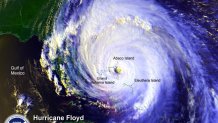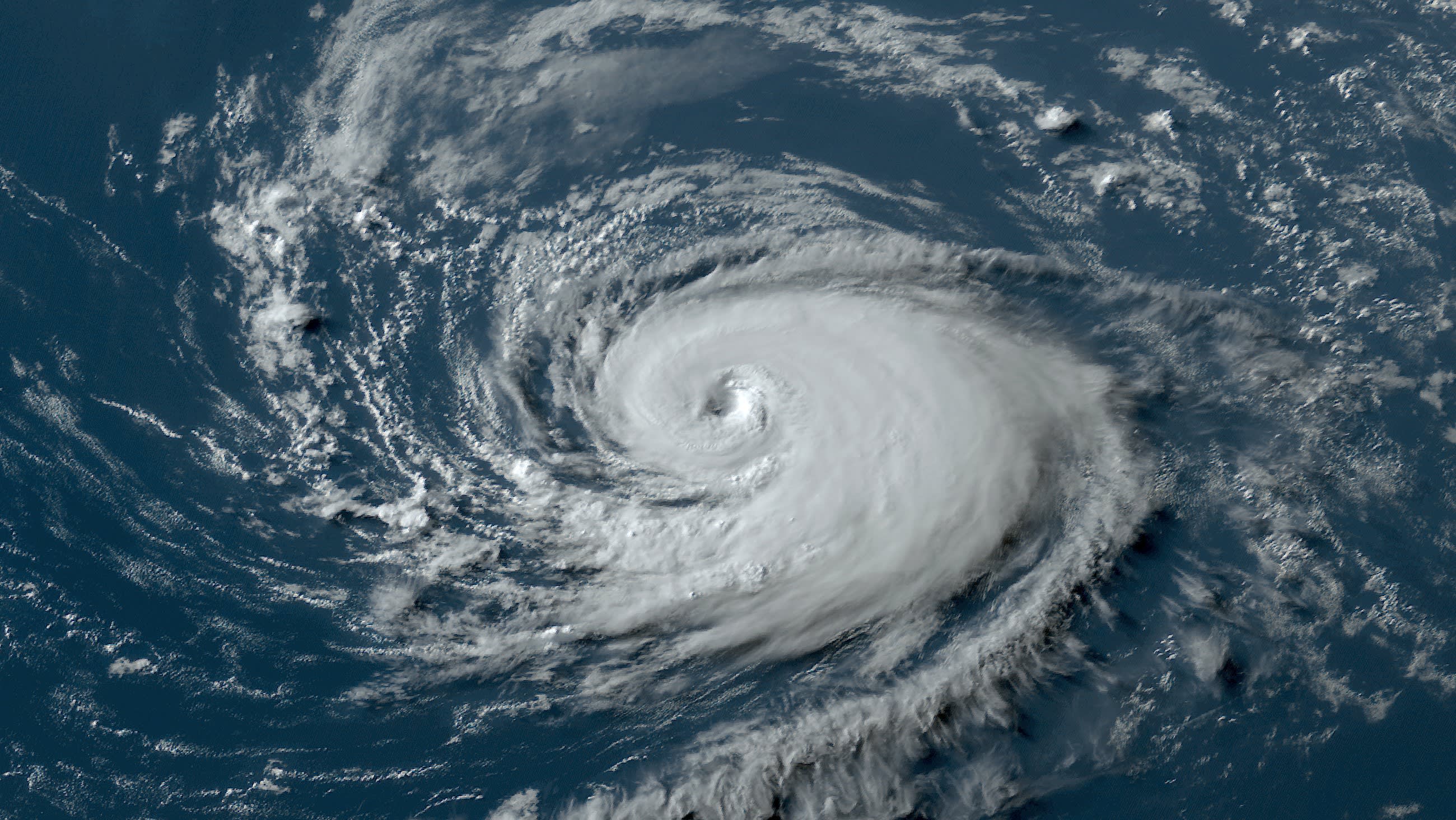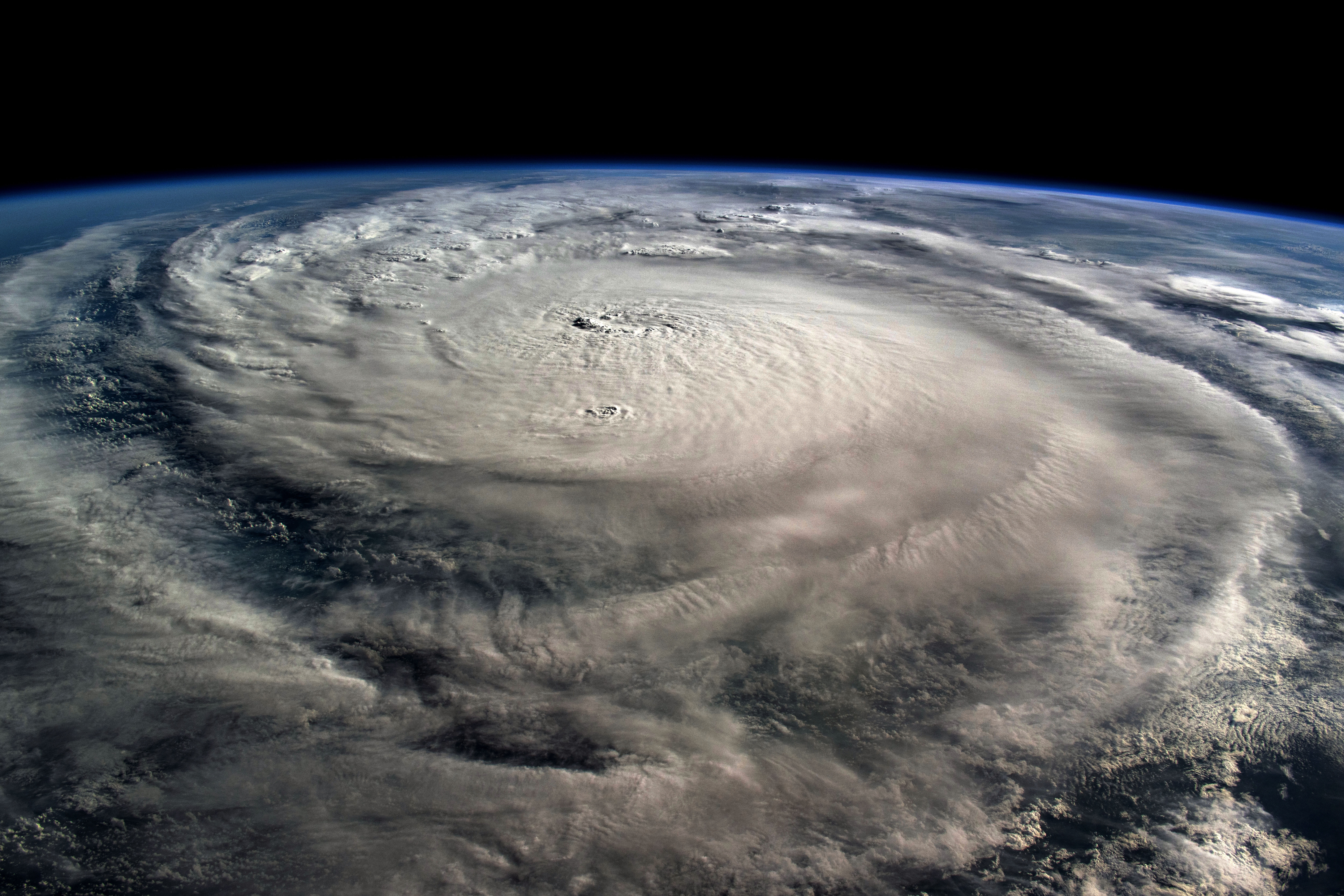Hurricane season 2022 has been slow up to this point. NBC 6 Hurricane Specialist John Morales has what to expect ahead
August 15 marked the beginning of the busiest nine-week stretch of hurricane season. At least that’s what history tells us. But the 2022 Atlantic hurricane season has been slow up to this point, with three mostly weak systems having all lived and died before the Fourth of July.
It’s been so long since we’ve had a tropical storm in the Atlantic, that the period between July 3 and August 18 (today) is now tied for the third longest gap between named storms since 1995. The 46-day stormless streak matches June 17 to August 2, 2001, and sits behind the two longest stretches seen in the past quarter-century. In 2007, there was a 59-day streak without storms from June 2 to July 31. And in 1999, the Atlantic had a 61-day-long stormless streak between June 18 and August 18.
Watch NBC6 free wherever you are
The three prior seasons with long consecutive stormless streaks—1999, 2001, and 2007 — ended the year with about an average number of named storms. Right away that tells you that the Atlantic is unlikely to stay dormant.
Taking a closer look at each of those years, out of the 15 storms that formed in 2007, only six reached hurricane strength. Two of those were major hurricanes, with hurricanes Dean and Felix hitting Central America hard. 2001 also had 15 storms, and nine reached hurricane strength. Major Hurricane Michelle struck Cuba hard in early November.
Get local news you need to know to start your day with NBC 6's News Headlines newsletter.
The record holder for the longest stormless streak since 1995 is the year 1999. That year, we reached mid-August with only one named storm — weakling Arlene, which passed east of Bermuda in June. But starting on August 18 and for the next 14 weeks, 11 new tropical storms formed and eight reached hurricane strength. An astonishing five of those eight hurricanes became major hurricanes. Floyd was the strongest of those, a high-end Category 4 that triggered the largest evacuation in U.S. history at the time. While it ended up avoiding the East Coast, it struck the Bahamas hard with a catastrophic 20-foot storm surge and sustained winds of 155 miles per hour.

In October 1999, Hurricane Irene passed over the Lower Florida Keys and then struck the southern Florida peninsula as a Category 1 with extreme rainfall and damaging winds. Irene’s biggest impact in South Florida was flooding. But the most infamous incident involved the electrocution of two 11-year-old twins and their teenage friend along with their mother in Weston. The three family members and their friend had ventured out with their dog when the winds calmed down in the eye of the hurricane. They stepped into a puddle that had been electrified by a downed power line.
Hurricane Season
The NBC 6 First Alert Weather team guides you through hurricane season
Back to the present in 2022 and sea surface temperatures, which ran cooler than normal for the first couple of months of the season, are warming quickly and are now hotter than average in the main development region of the Atlantic. Upper level wind shear — a hostile condition for fledgling storms — is expected to weaken late this month and throughout much of September, according to long-range forecast models. The only inhibiting factor left is a relatively stable atmosphere in the Atlantic basin. But atmospheric stability can be fickle.
So, while the 2022 hurricane season has been mostly quiet up to this point, lessons from similar years in the not-so-distant past scream at us to not let our guard down.



